3 findings from experiments with triggers via push notification, website and email
Getting subscribers to interact with content can be a perilous battle. To avoid subscribers churning, becoming zombies or worst of all unsubscribing, publishers are turning to triggers. Our data and experiments have found that these triggers can boost engagement. How do these triggers work across publishing and what results have they seen?
What is personalisation
Personalisation is a current industry buzzword, and on a face level it sounds like a simple concept. However, there are several different types of personalisation. At Twipe, we work with one to one personalisation to provide unique experiences for every reader.
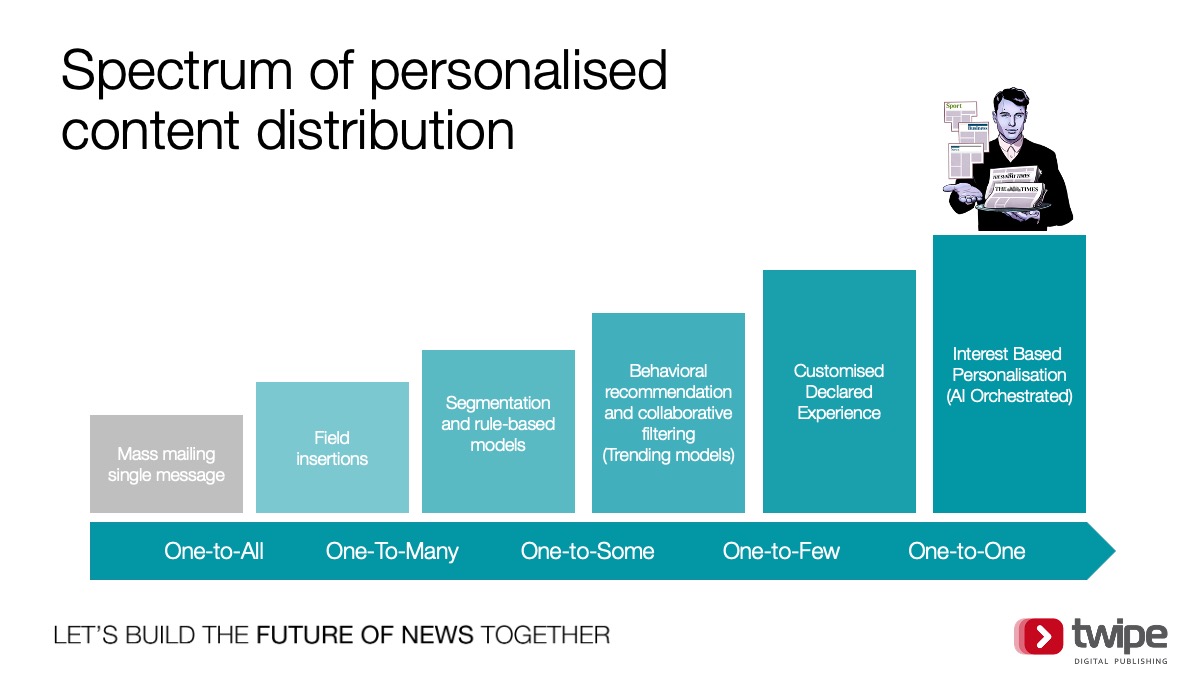
Personalisation also comes with worries around filter bubbles. But, by surfacing a hybrid mix of trending and personalised content, JAMES algorithms place a personalised blend of content to guide subscriber’s reading experiences and trigger them to engage with content. This means trending news and personalised news get combined to avoid filter bubbles.
Targeted push notifications can reduce cancellations
Through their presence directly on the home screen of subscribers, push notifications are a powerful trigger to boost engagement with products and reduce churn.
German Publisher Kölner Stadt Anzeiger Medien undertook an experiment to test the effect of targeted push notifications for different categories of risk. They used Readers@Risk technology to identify their subscribers who were at a medium or high risk of churn. Within these 2 segments, KSTA exposed a subset of readers to targeted push notifications. For each segment, a control group who did not receive target push notifications was also analysed. The notifications exposed risky readers to the top 3 stories from the day’s newspaper edition. This attempted to get them to interact with the publisher’s content.
The results of the experiment were promising. When exploring cancellation rates amongst exposed medium risk subscribers, KSTA saw the cancellation rate was 5% less than their control group. For high-risk subscribers, the story around cancellations was similar with 2% less cancellations. The ability to target these readers has proved effective in reactivation and limiting subscription cancellations.
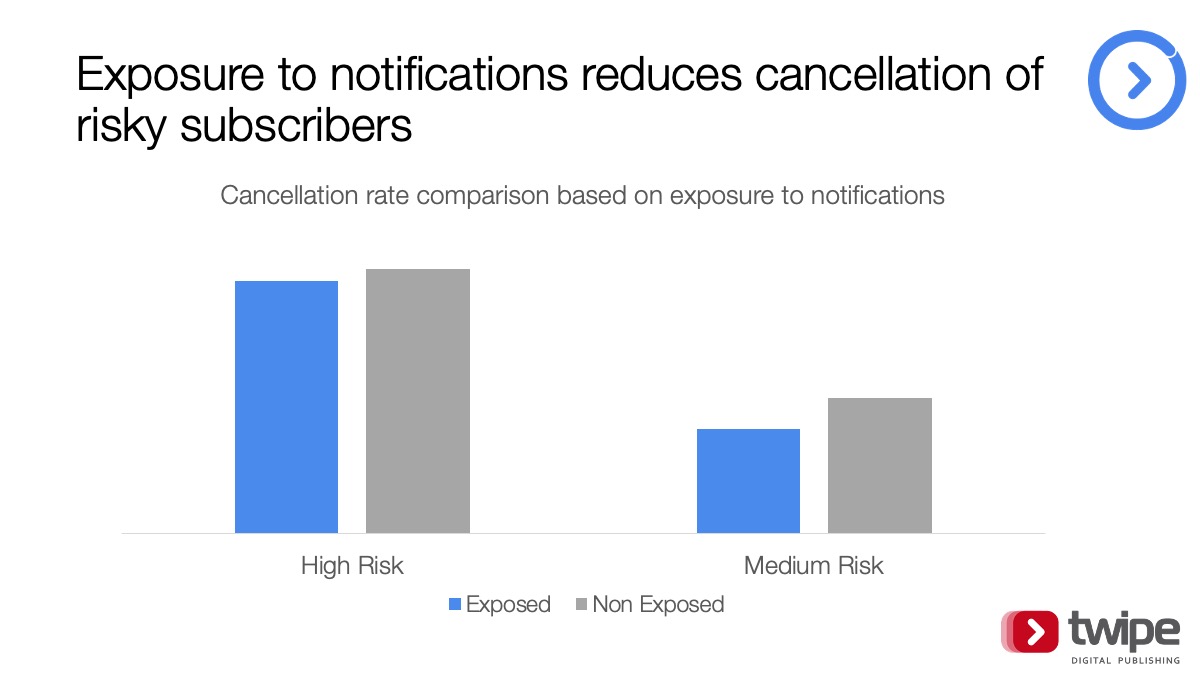
Knowing how many notifications to use is important when working to boost engagement. Whilst it can be appealing to use several daily notifications to directly engage with subscribers, our experiments found that sending 1 notification a day is a great way to trigger readers to engage with their edition and build a habit. This habit is best formed when notifications are sent at a set time each day. The habit then becomes part of a daily routine. Pushwoosh’s research also found that the fewer notifications sent per day the higher the click through rate.
52% higher click through rate on personalised v. related article recommendations
The majority of publisher’s readers consume content either on their apps or website. Regardless of whether readers enter on social, direct or through triggers, the goal of a publisher is to be able to highlight the richness of content on offer. For this, related article widgets are often used to guide reading journeys and expose the depth of content. But, we have seen a greater number of publishers adopting personalisation to place the content readers love amongst the wider field of daily content shown to readers. This is a form of curation which is an easy win.
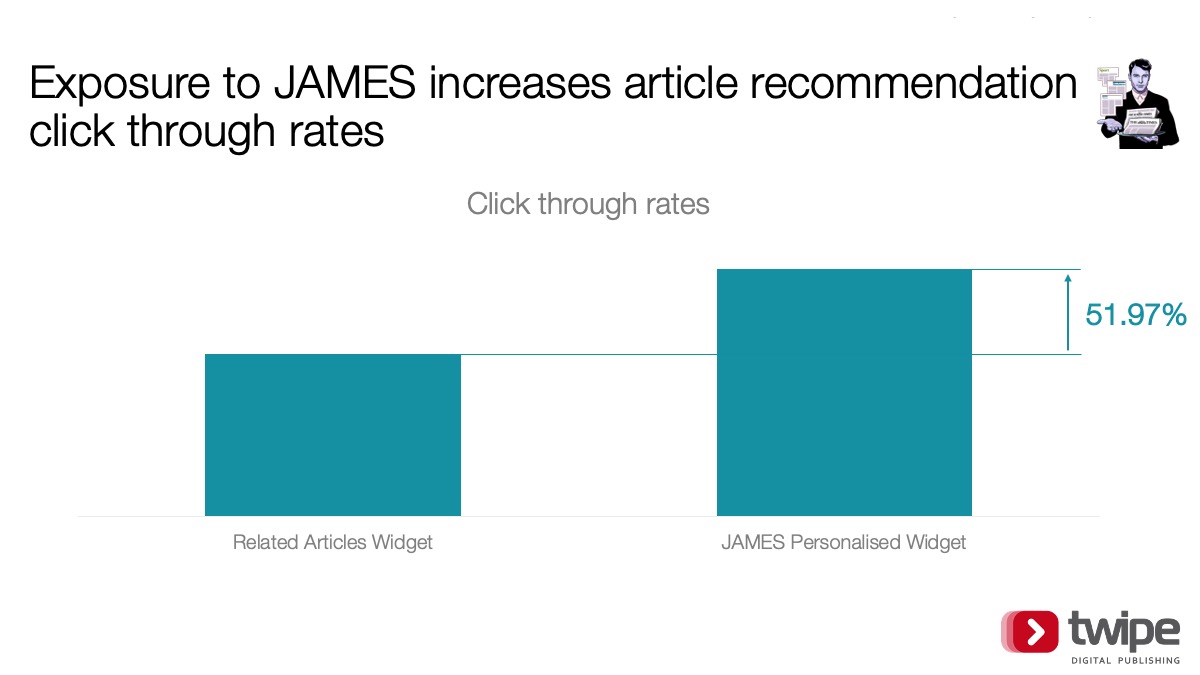
Dutch Publisher NRC added JAMES personalised reading lists to the end of articles on their website and inside their ePaper app to experiment with the method. By doing this, they were able to expose registered and subscribed users to 80-90% of the day’s content pool. They could more easily navigate to the content that matters to them. The results of the experiment have so far been particularly fascinating. A widget based on JAMES personalised reading list recommendations has seen higher click through rates than a simple widget based on related articles. In March 2022, the click through rate of JAMES recommendations was 17.7%. This was a 51.97% increase on the 11.6% click through rate of normal related stories.
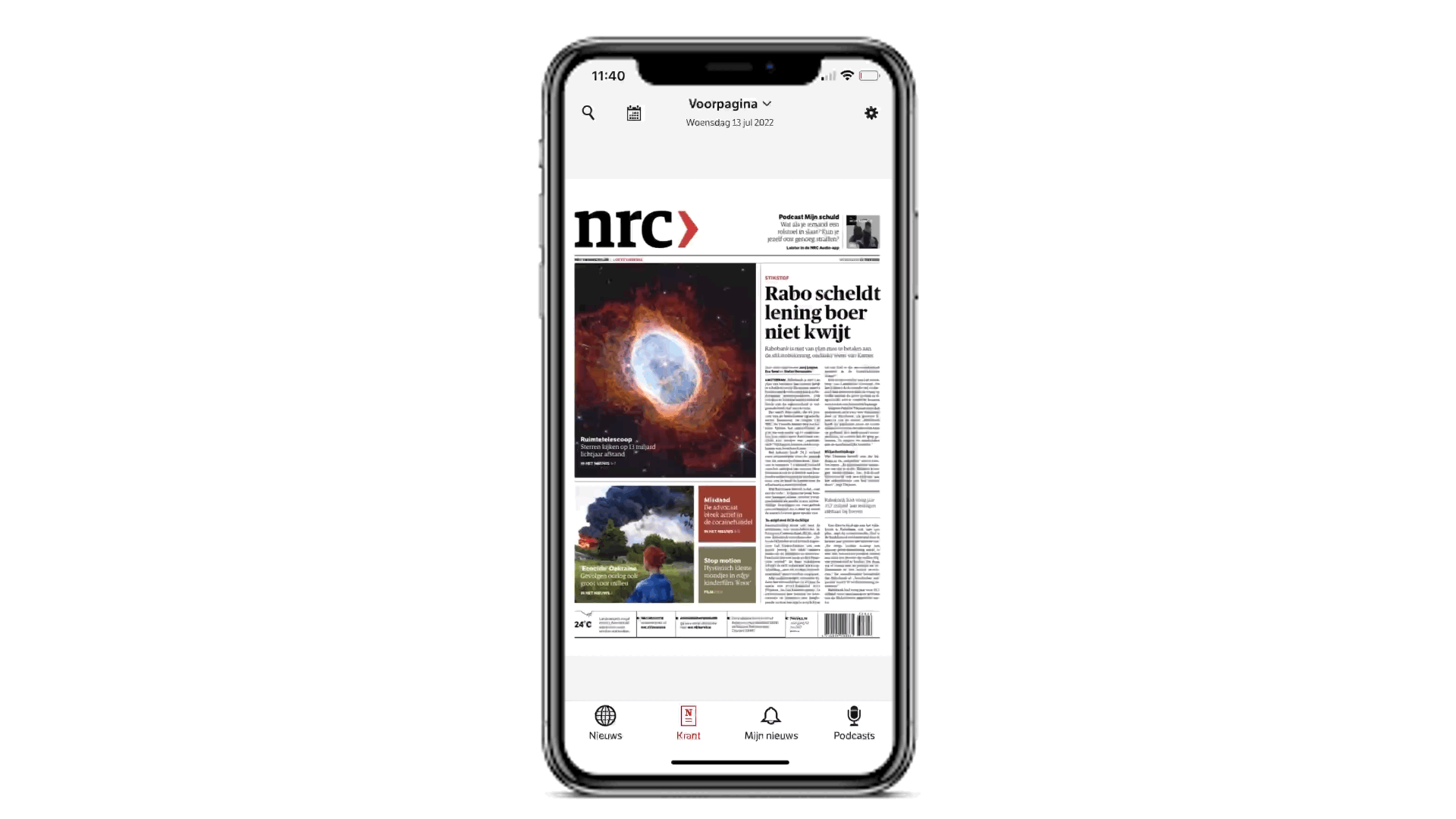
In the US, The New York Times and The Washington Post have also experimented with recommendations personalisation. The Washington Post’s “For You” section combines preferences chosen when signing up with reader’s previous reading history and the performance of stories elsewhere. As you would expect, the more a reader engages with the “For You” section, the better the suggestions the personalisation algorithm can provide. The New York Times chose to integrate home page personalisation in their “In case you missed it” section. The stories in the section are curated from the editors choosing from stories over the previous 30 days. But if a reader has already read a story, it will not show up for them. With a new Experiments & Personalisation team setup this year, there will be more from The New York Times.
Newsletter automation and personalisation building reader habits
We often write about the power of newsletter personalisation triggers, but their potential should not be underestimated.
At the Daily Mail, these personalised triggers have resulted in a strong increase in habitual reading amongst digital subscribers. Following the launch of the JAMES “Recommended For You” newsletter, habitual reading doubled from 4000 to 8000 habitual readers over the course of 5 months. JAMES triggers make people want to come back and consume the content chosen for them.

JAMES personalisation doesn’t only develop habitual reading, but also clicks, a more traditional metric. Danish publisher Børsen already had 49 automated emails before they chose to launch a subscriber only daily briefing newsletter, Børsen briefing, featuring JAMES personalisation. The newsletter is designed to give subscribers the news that they need in between meetings. Having launched in 2021, the newsletter now has the highest click through rate of any of Børsen’s automated newsletters at 27.23%. The high performance with the newsletter is echoed by JAMES newsletters across publishers.
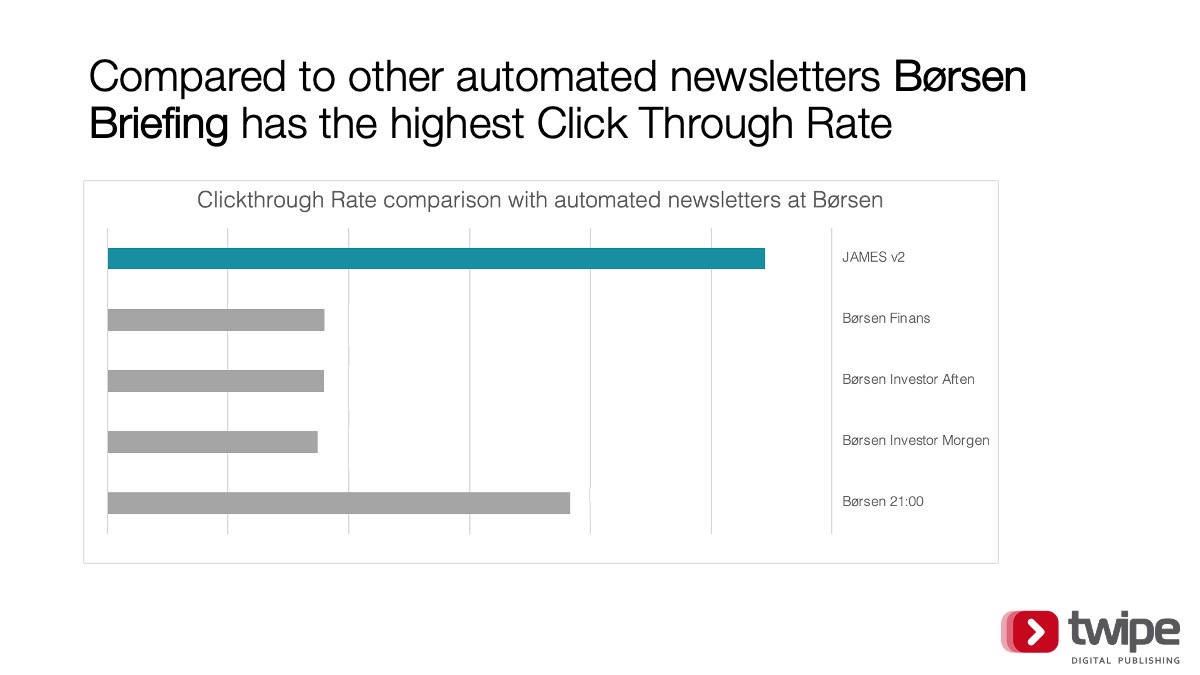
Article positioning inside a newsletter also plays an important role as a trigger. From studying across the breadth of our JAMES Automated and Personalised newsletters, we found that articles in the top 4 positions receive 2/3 of newsletter clicks. This is no surprise for JAMES Personalised newsletters. The articles at the top of the newsletter have the higher engagement scores per subscriber. The higher the score the more likely the article is to be an effective trigger to engage with content.
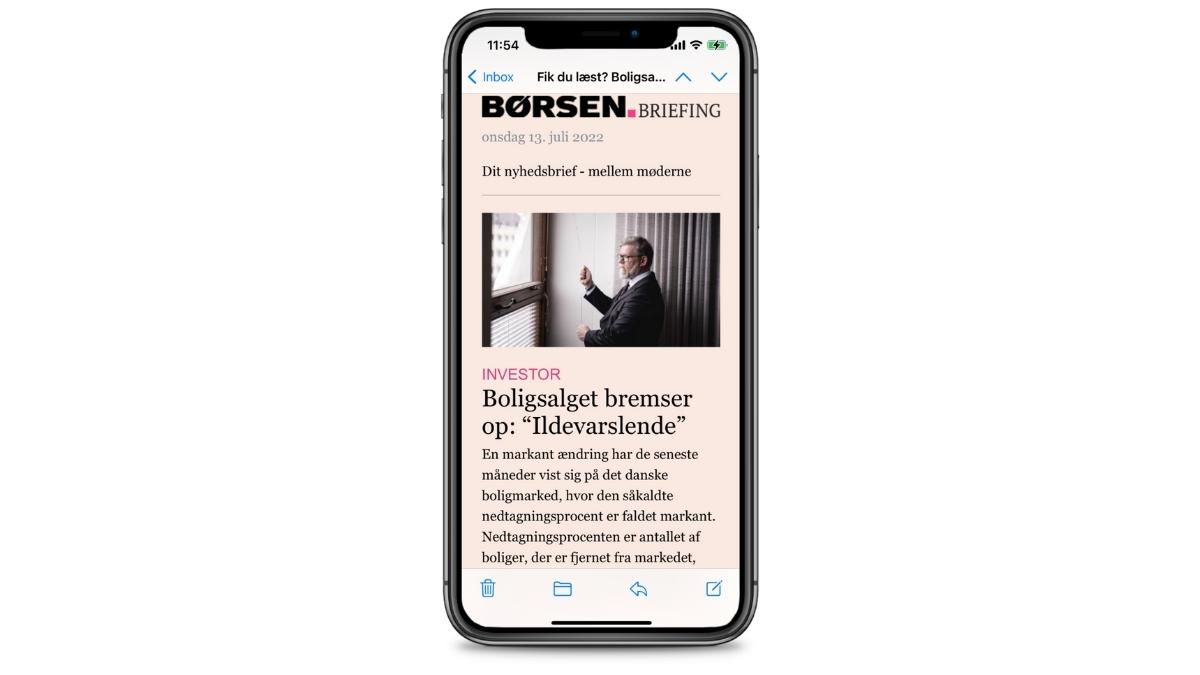
Personalisation plays an important role across products in making sure all levels of subscriber receive the correct triggers. A hybrid curation can offer a strong balance of news people want to read, with news people must read. Finding the right triggers from your products can clearly have a strong business impact, see how personalisation can help you now.
Other Blog Posts

Stay on top of the game
Join our community of industry leaders. Get insights, best practices, case studies, and access to our events.
"(Required)" indicates required fields

